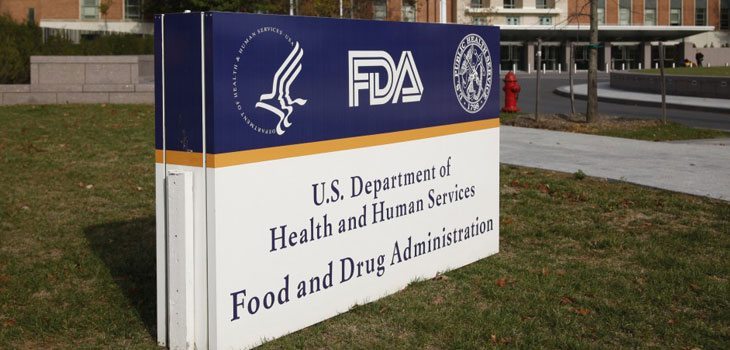
During the middle of the week, Eagle Pharmaceuticals, Inc. (NASDAQ:EGRX) announced that it has picked up a Complete Response Letter (CRL) from the US Food and Drug Administration (FDA) for one of its lead development assets. As expected, the company is taking a bit of a hammering on the news. This is an asset that markets have been watching closely for a long time and that a number of financial outlets and analysts have pointed towards as being a key upside driver for Eagle throughout the latter half of 2017. With the company picking up the CRL, it’s going to be a fair amount of time before the program can get back on track and – by proxy – a fair amount of time before the asset can get on shelves in the US (if it ever does).
For those not familiar with the situation, the asset in question is called Ryanodex and the company is trying to get it approved in a target indication of the treatment of exertional heat stroke (EHS). This condition is characterized by an elevated core temperature (usually >40°C [104°F]) associated with signs of organ system failure due to hyperthermia. Central nervous system neurologic changes are often the first marker of exertional heat stroke and, if left untreated, it can be incredibly dangerous for the sufferer. It’s one of those conditions that have a variety of treatments associated with it right now, but for which the standard of care therapies are primarily lacking in efficacy and failed to bring about results in many sufferers.
With Ryanodex, Eagle was trying to change this.
On the back of the latest news, however, it looks as though the company might have a hard time doing so (at least in this indication, it is already approved as a treatment for malignant hyperthermia).
Exactly why the FDA has turned the drug down remains unclear, however, we know that the agency has requested that Eagle conducts a further clinical study to validate the data that it has already submitted as part of its new drug application for the asset. This necessity to conduct an extra trial is what a large portion of the lost valuation rests on.
Why?
Because for smaller biotechnology companies (of which Eagle is one), capital requirements and funding based on said requirement is a key risk factor for anybody looking to pick up an exposure to this sort of company. Clinical trials are expensive and chances are that Eagle is going to have to conduct an equity backed raise in order to fund the trial that the FDA has requested. This raise will likely be dilutive to current shareholders and – as such – will put pressure on share price. This means that we are seeing not just the downside impact of an FDA setback but also the risk-driven impact of the company’s requirements to raise extra capital at the open market.
At last count, Eagle traded for a market capitalization of a little over $816 million and a share price in and around $53 a piece. This represents a close to 25% discount to its pre-announcement market capitalization and – chances are – we are going to see a continuation of this decline as we head into the close of this week and as wider markets absorb the news and its ramifications for the company going forward.
So what is the long-term takeaway?
Obviously, this isn’t great news short-term for this company but, depending on the core driver behind the CRL, there may be a chance that this drug can pick up approval subsequent to the trial the FDA has requested. If this is the case, the only real setback (apart from time) will be the capital required to fund the trial in question. As such, many may look at this as an opportunity to pick up an exposure to this company at a discount ahead of the trial being carried out and (assuming it is carried out and completed successfully) a resubmission that ends in an FDA green light.
It’s speculative, of course, but not an unreasonable suggestion. We will be watching this one closely to see how Eagle responds and to see if those involved offer up any more clarity as to exactly why the agency has turned the application down in its current format near-term.




